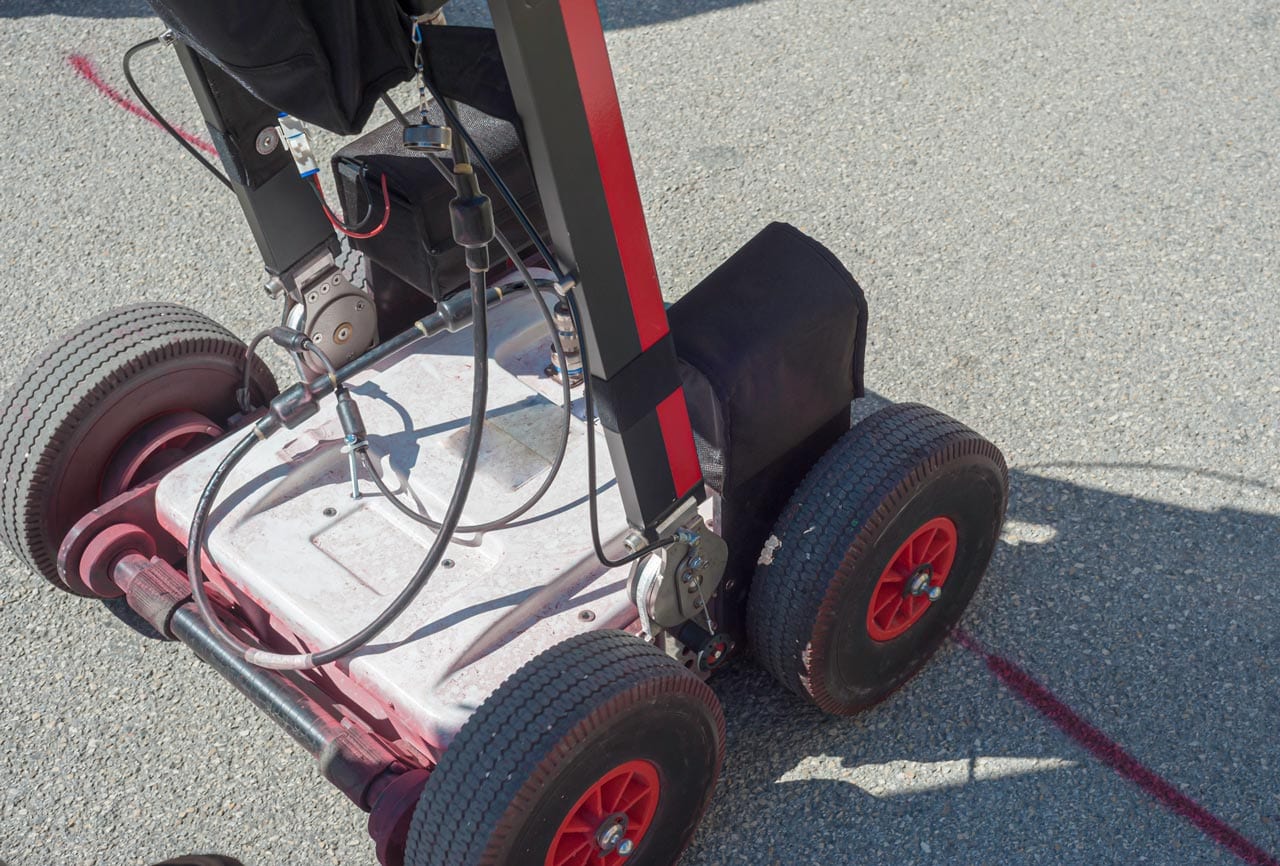Ground-penetrating radars (GPRs) use high-frequency electromagnetic radiation to locate underground utilities in places that are too dangerous for humans to enter, like sewers, collapsed mines, and building foundations.
These radars can locate underground utilities quickly and accurately, making them very useful in potholing utilities or private utility locating services, as well as in utility locating services conducted by utility companies themselves. Whether you’re working with natural gas or water pipes, the following guide will help you understand how GPRs work and how to use them most effectively for private utility locating.
What Is A GPR?
Essentially, a GPR sends radio pulses into one end of an object of interest and measures how long it takes for them to bounce back out. If there’s something in between (such as a buried object), then some of those signals won’t make it back to their starting point.
Like other tools used for potholing utilities, GPRs come in various sizes depending on application needs. They can be handheld versions designed for easy use by technicians on foot looking for infrastructure along roadsides; larger ones used by heavy machinery operators clearing construction sites; and even miniaturized drone versions controlled via smartphone apps.
The Best Uses for GPRs
Two of the most common uses for ground penetrating radars are detecting buried utility lines, such as gas or electric lines, and locating lost items in hard to reach areas.
Private utility locating services are especially good at finding cables that have been deliberately buried. GPRs can also be used for probing soil conditions before construction.
From private utility locating to potholing utilities, GPR is often used for such purposes and can locate pipes up to 20 feet underground. While a traditional surveyor may take weeks or months to complete their task, with GPR it’s only hours or days at most.
The Advantages of GPRs
First and foremost, using a GPR is an incredibly fast way to conduct utility locating services. The high frequency radio waves pass through all sorts of materials — from asphalt to concrete to earth — giving you a view beneath that surface.
Unlike traditional utility locating services or potholing utilities, you don’t have to dig a trench or disturb anything above ground level, which makes it perfect for areas where excavation would be disruptive.
The Disadvantages of GPRs
That said, you should also be aware of the common disadvantages associated with GPRs. If a utility has been damaged, removed or destroyed then you could miss it with a GPR system. This is why it’s vital to use qualified professional utility locators that have been trained and experienced in private locating techniques.
While GPRs can lower the costs of your overall project by reducing the need to dig up an entire site, the equipment itself is not cheap.
Get the Job Done With Our Expert Utility Locating Services
When working with GPRs, it is imperative that you remain aware of local ordinances regarding excavation work near existing utility lines. This is where we come in.
A private utility locating service can provide you with all of these tools to pinpoint a leak in your water line, an underground pipe, or other important utilities. For those who do not have an underground network and are trying to find out what is below their land, potholing utilities is another way to pinpoint what lies beneath you.
To learn more about how our team can help with private utility locating, contact us at Util-Locate today.

